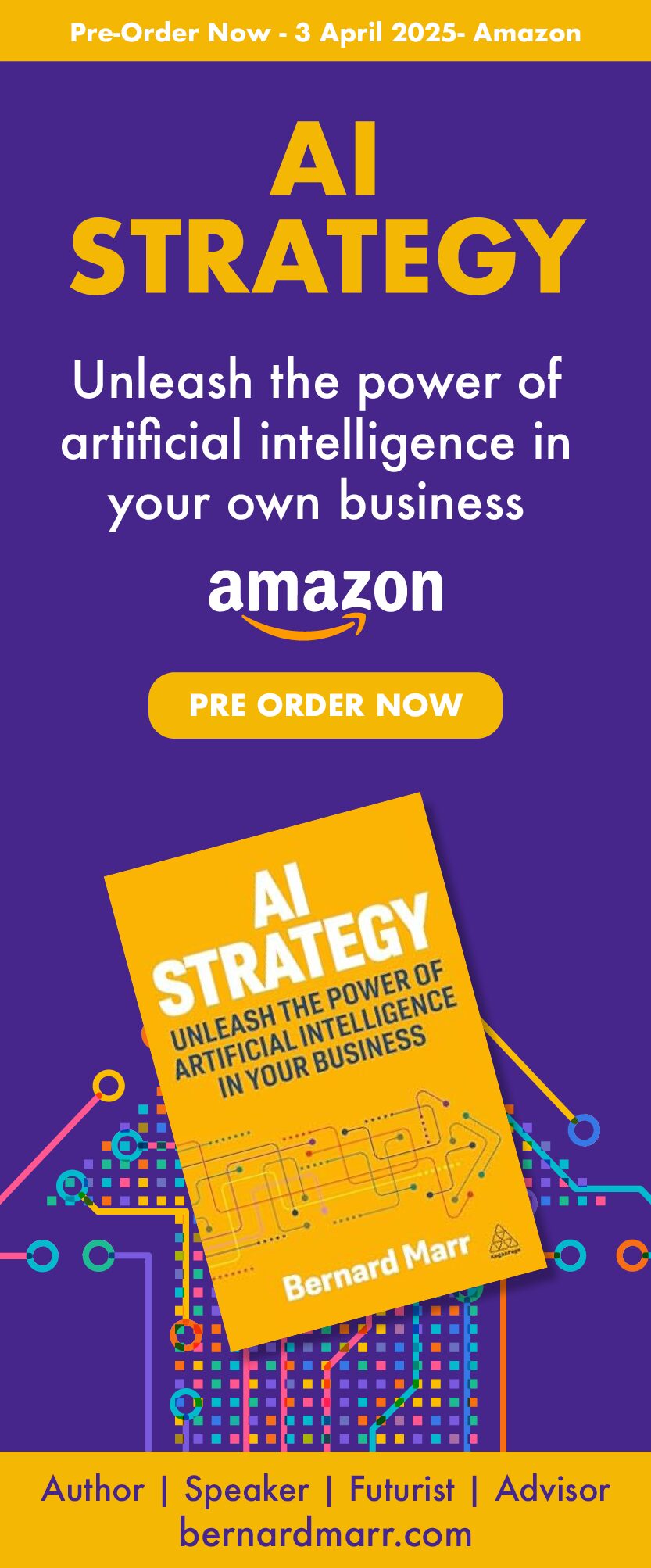Amazon: Using Big Data to understand customers
23 July 2021
How Amazon uses Big Data in practice
Amazon has thrived by adopting an “everything under one roof” model. However, when faced with such a huge range of options, customers can often feel overwhelmed. They effectively become data-rich, with tons of options, but insight-poor, with little idea about what would be the best purchasing decision for them.

To combat this, Amazon uses Big Data gathered from customers while they browse to build and fine-tune its recommendation engine. The more Amazon knows about you, the better it can predict what you want to buy. And, once the retailer knows what you might want, it can streamline the process of persuading you to buy it – for example, by recommending various products instead of making you search through the whole catalogue.
Amazon’s recommendation technology is based on collaborative filtering, which means it decides what it thinks you want by building up a picture of who you are, then offering you products that people with similar profiles have purchased.
Amazon gathers data on every one of its customers while they use the site. As well as what you buy, the company monitors what you look at, your shipping address (Amazon can take a surprisingly good guess at your income level based on where you live), and whether you leave reviews/feedback.
This mountain of data is used to build up a “360-degree view” of you as an individual customer. Amazon can then find other people who fit into the same precise customer niche (employed males between 18 and 45, living in a rented house with an income of over $30,000 who enjoy foreign films, for example) and make recommendations based on what those other customers like.
The technical details
Amazon collects data from users as they navigate the site, such as the time spent browsing each page. The retailer also makes use of external datasets, such as census data for gathering demographic details.
Amazon’s core business is handled in its central data warehouse, which consists of Hewlett-Packard servers running Oracle on Linux.
Ideas and insights you can steal
Too much choice and too little guidance can overwhelm customers and put them off making purchasing decisions. Recommendation engines simplify the task of predicting what a customer wants, by profiling them and looking what people who fit into similar niches buy. In this way, developing a 360-degree view of your customers as individuals is the foundation of Big Data-driven marketing and customer service.
You can read more about how Amazon is using Big Data to drive success in Big Data in Practice: How 45 Successful Companies Used Big Data Analytics to Deliver Extraordinary Results.
Related Articles
Will AI Solve The World’s Inequality Problem – Or Make It Worse?
We are standing on the cusp of a new technological revolution. AI is increasingly permeating every aspect of our lives, with intelligent machines transforming the way we live and work.[...]
How You Become Irreplaceable In The Age Of AI
In a world where artificial intelligence is rapidly advancing, many of us are left wondering: Will AI take our jobs?[...]
Why Apple Intelligence Sets A New Gold Standard For AI Privacy
In the rapidly evolving world of artificial intelligence, privacy concerns have become a hot-button issue.[...]
Can Your Device Run Apple Intelligence? What You Need To Know
Apple's announcement of Apple Intelligence has sent waves of excitement through the tech world.[...]
10 Amazing Things You Can Do With Apple Intelligence On Your IPhone
Apple Intelligence is poised to revolutionize the iPhone experience, offering a suite of AI-powered tools that promise to make your digital life easier, more productive, and more creative.[...]
Agentic AI: The Next Big Breakthrough That’s Transforming Business And Technology
The world of artificial intelligence is evolving at a breakneck pace, and just when you thought you'd wrapped your head around generative AI, along comes another game-changing concept: agentic AI.[...]
Sign up to Stay in Touch!
Bernard Marr is a world-renowned futurist, influencer and thought leader in the fields of business and technology, with a passion for using technology for the good of humanity.
He is a best-selling author of over 20 books, writes a regular column for Forbes and advises and coaches many of the world’s best-known organisations.
He has a combined following of 4 million people across his social media channels and newsletters and was ranked by LinkedIn as one of the top 5 business influencers in the world.
Bernard’s latest book is ‘Generative AI in Practice’.










Social Media